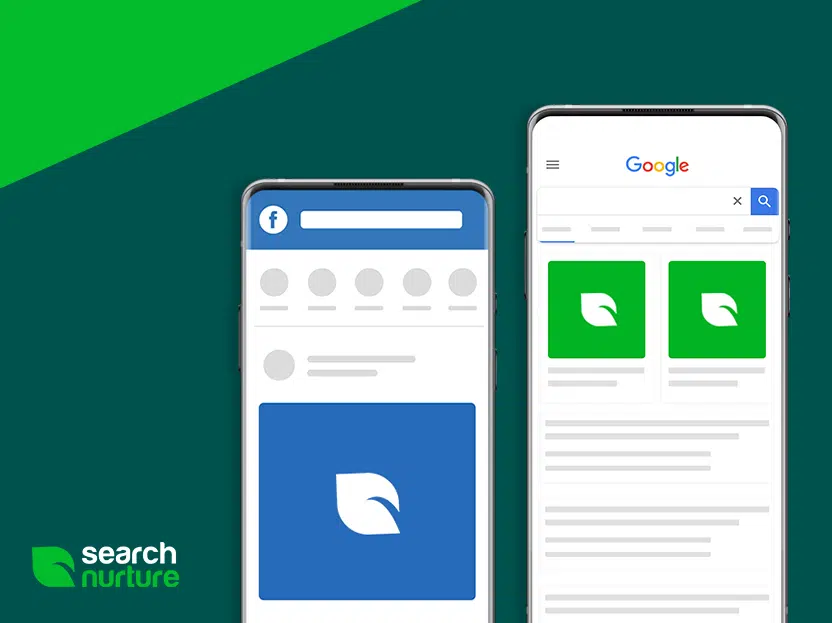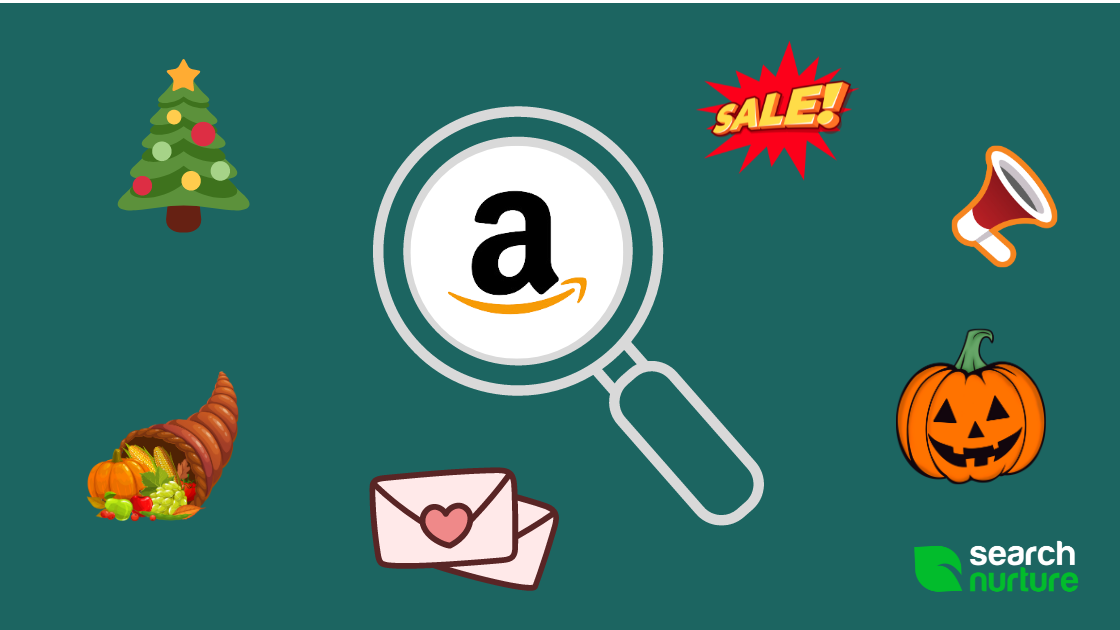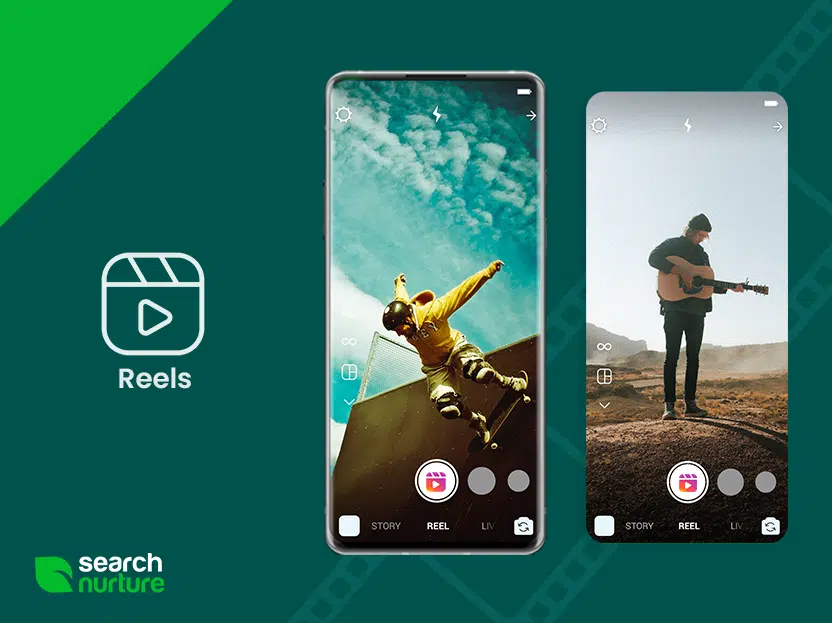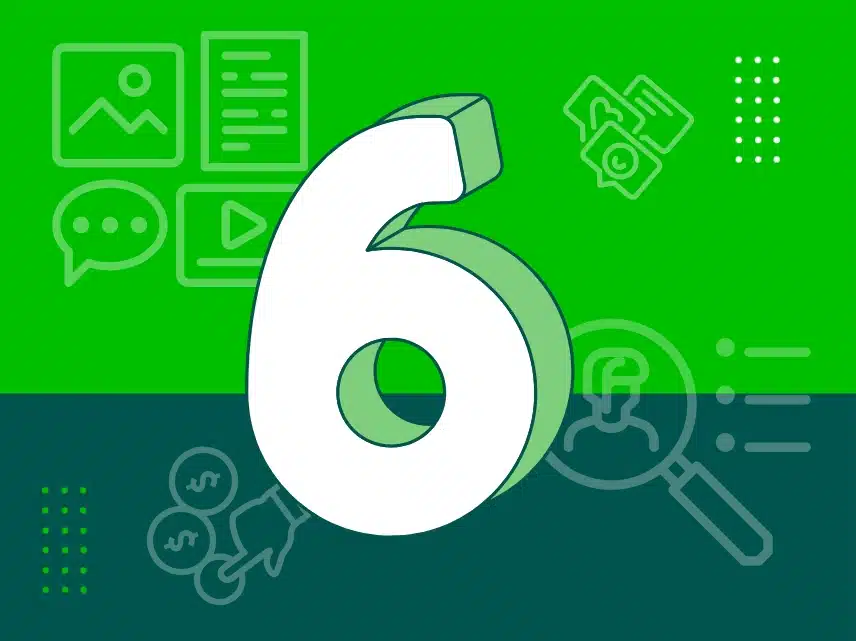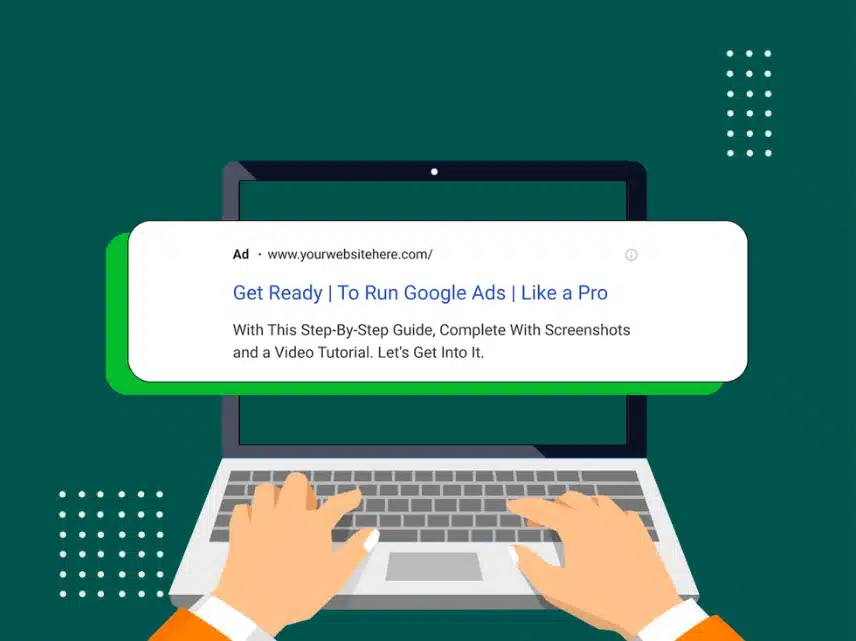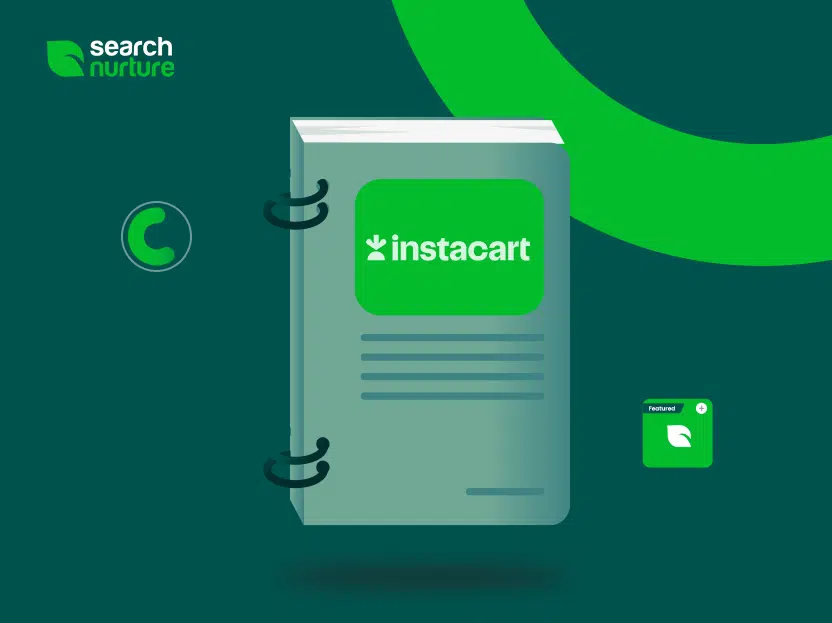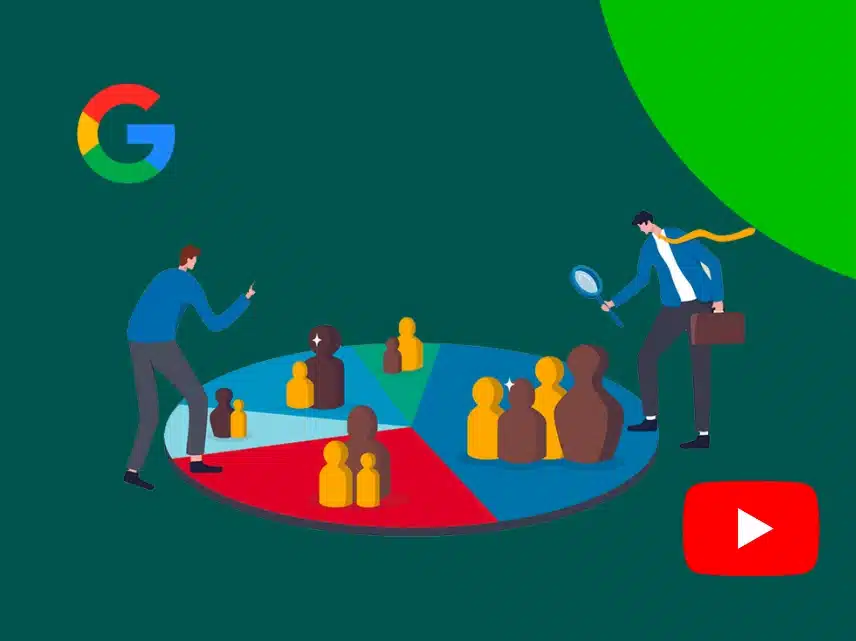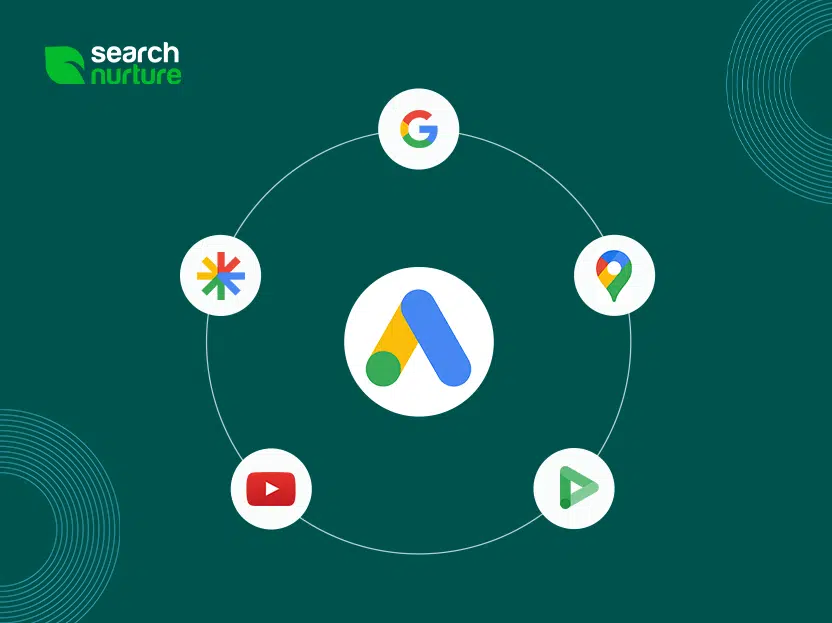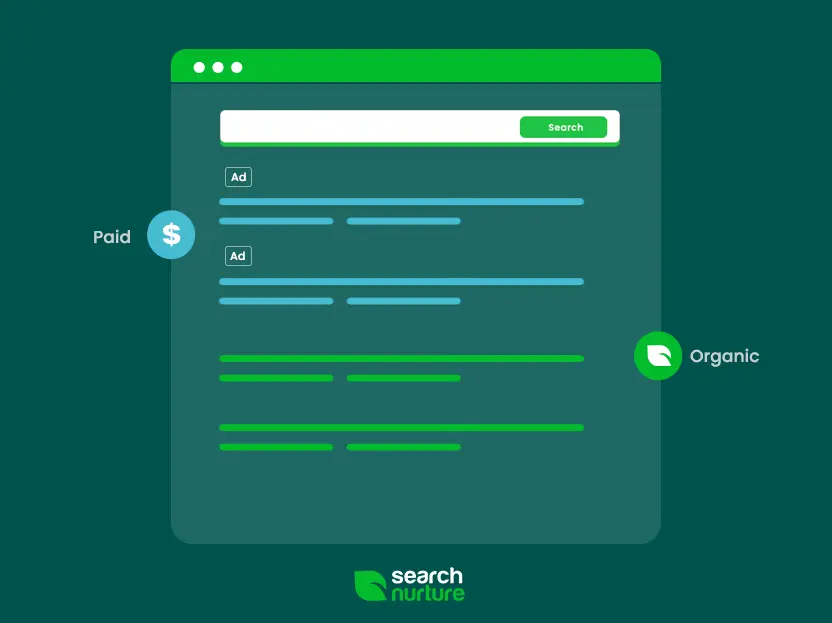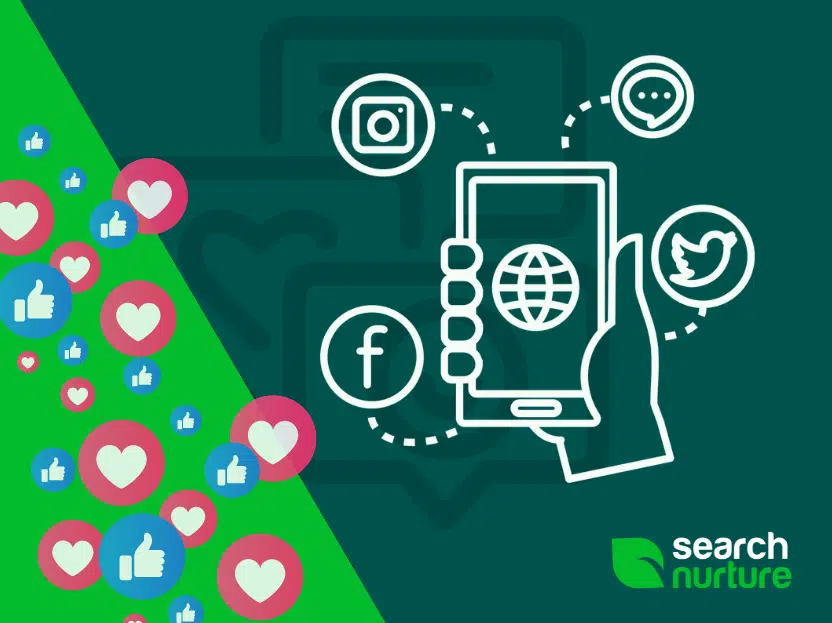Most business owners wonder if they should allocate a marketing budget to Google Ads, Facebook ads, or both and why.
Although the two platforms tend to be seen as competitors, the reality is that both channels should be used as part of a company’s digital marketing strategy.
This article aims to shed some light on key differences and reasons why a business should advertise on one of the platforms or both, depending on their situation.
Intro to Google Ads: Paid Search
Google Ads is the largest and most used Pay Per Click (PPC) advertising platform, often referred to as “Paid Search.” Although Microsoft Advertising (previously known as Bing) works in the same way and should be considered part of Paid Search, Google Ads’ dominance has associated Paid Search with Google Ads.
Paid Search allows advertisers to show different ads by bidding on specific keywords to participate in auctions when a user search query matches that keyword in various search engines.
Paid Search works on a pay-per-click model, CPM (Cost per thousand impressions) or CPCon (Cost per Conversion), which means converting on something like a purchase, signup, or perhaps watching a video.

Intro to Facebook Ads: Paid Social
Facebook Ads is the largest and most used Social Media advertising platform due to its massive reach. However, unlike Google Ads, Paid Social is not used to refer to Facebook Ads. This difference is due to other important platforms being parts of it, such as LinkedIn and Instagram.
Paid Social allows advertisers to show different ads to users based on their interests and how they interact online.

Google Ads: Advantages & Insights
Reach
One of the main advantages of using Google Ads over other Paid Search platforms is its massive reach, with 3.5 billion searches per day and 1.2 trillion searches per year.
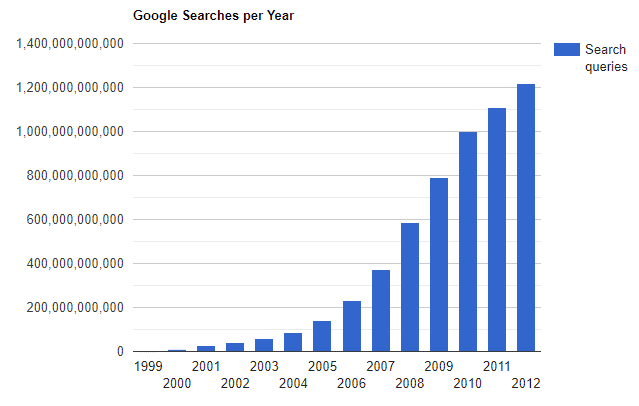
Customer Intent
Google Ads allows advertisers to show their ads to users actively searching for a product/service. You can also target customers in the market and actively considering buying a service or product like yours (in-market audiences).
Campaign Variance
Google Ads offers various campaigns that help align businesses to reach their appropriate goals and campaign types. Here are some examples:
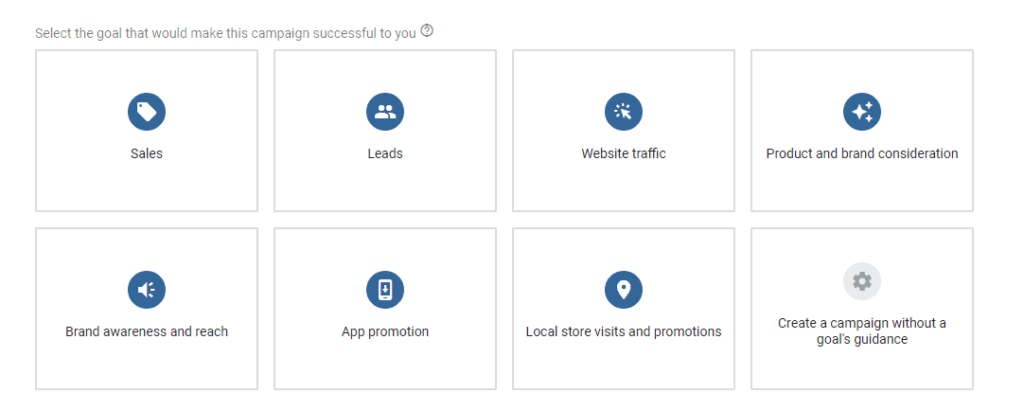
Facebook: Advantages & Insights
Popularity
One of the main advantages of Facebook Ads over other Paid Social platforms is its popularity. Facebook is the most popular social network worldwide, with roughly 2.8 billion monthly active users.
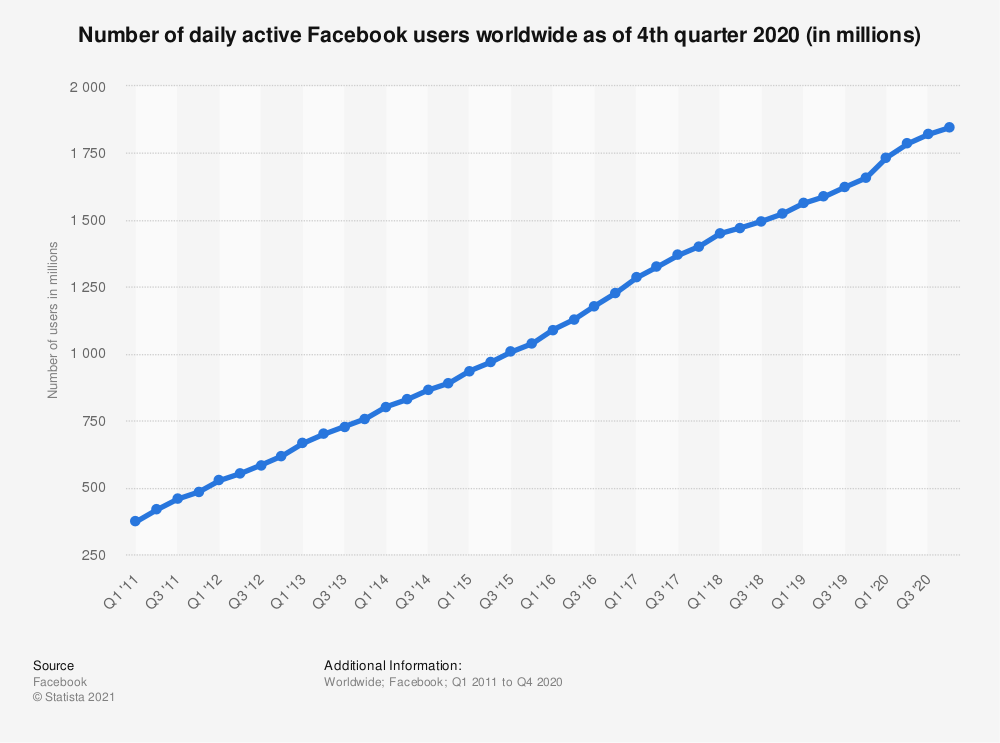
Specific Targeting
Due to the information shared by its users on the platform, advertisers can target particular audiences based on their interests and the way they interact online. In addition, Facebook allows advertisers to upload their customer data to create mock audiences. This feature helps them to target new customers based on their current/previous customers.
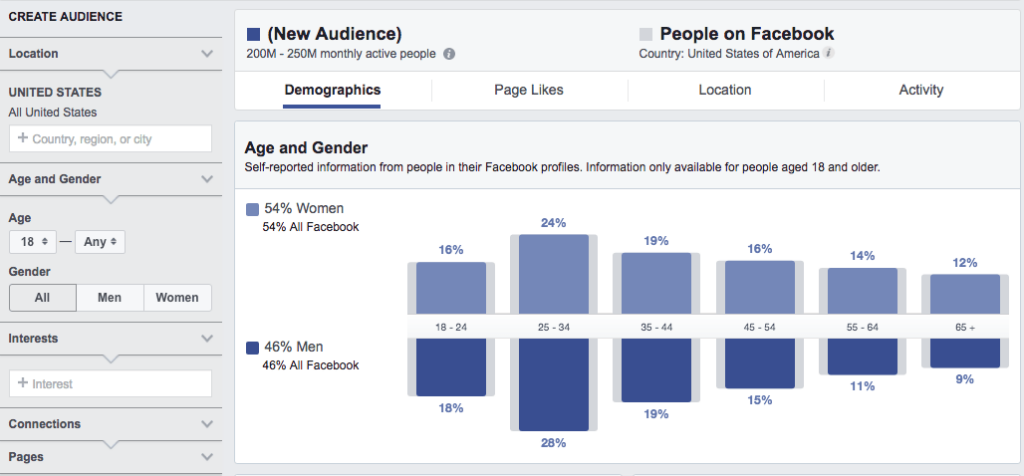
Affordability
Facebook allows advertisers to target specific audiences. Because of this, companies can still advertise on this platform without breaking the bank. The size of their budget needed to obtain their goals will depend on the scope of the campaign.
Key Takeaways
Facebook Ads allows customers to find you by displaying your ads based on their interests and how they interact online. Google Ads allow you to find new customers based on their active searches for the type of service/product your company offers.
I recommend assigning a portion of your marketing budget to Facebook and Google in terms of general strategy. We live in a world where consumers use various devices (desktop, mobile, tablet) and platforms (Google Ads, Microsoft Advertising, Facebook, Instagram, LinkedIn, Pinterest) before purchasing.
The few cases where I recommend a larger focus on Google Ads is when your company offers a B2B (Business-to-Business) product/service instead of B2C (Business-to-Consumer.) The chances of a business executive acquiring a product/service while scrolling through their personal social media account are slim.


